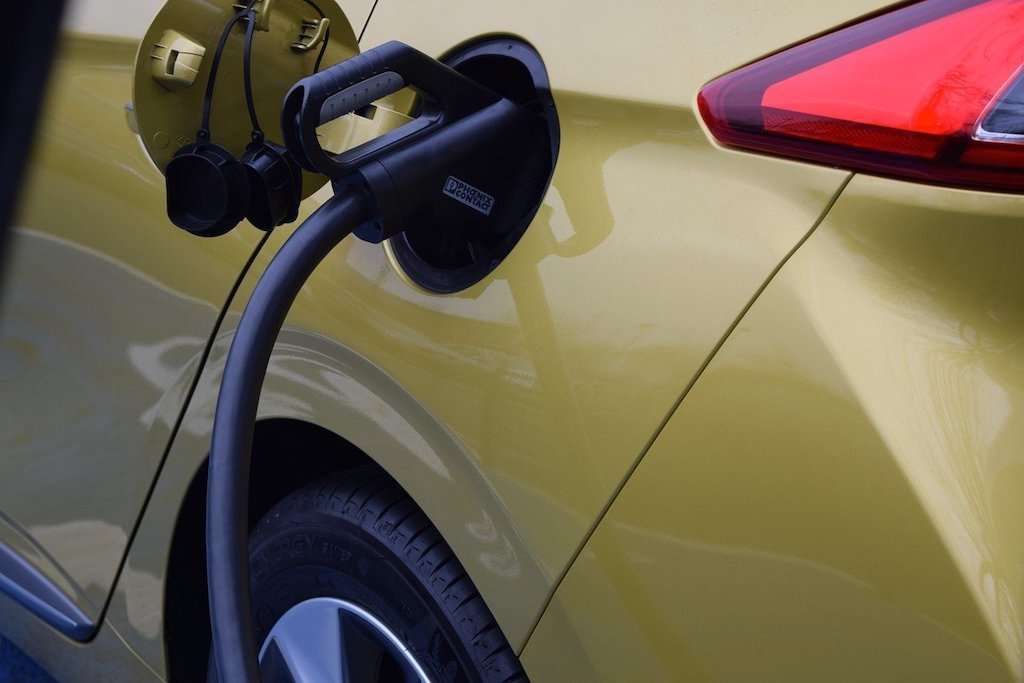Report identifies conditions for successful rollout of public charging network
A new report from the multi-stakeholder Electric Vehicle Energy Taskforce (EVET) has identified key enabling conditions needed for the Government to achieve its recently announced target of 300,000 public charge points by 2030.
The Government-backed taskforce – which describes itself as “the most wide-ranging collaboration between the UK’s energy, infrastructure and transport industries” – published its plan shortly after the release of the Government’ Electric Vehicle Infrastructure Strategy earlier this month.
EVET’s plan aims to “maximise the benefits and minimise the risks of the transition to electric vehicles by focusing on its energy-related impacts as well as the need for EV users to have access to the right chargepoints in the right places.”
To create what the taskforce calls the “sweet spot for success” requires, it says, coordinated action from the energy, infrastructure and automotive sectors as well as engagement from EV users.
Using Energy Systems Catapult’s transport modelling expertise, the taskforce assessed what will be required of the UK’s public charging network to meet the needs of drivers, investors and the energy system.
From this it identified five key enabling conditions needed to ensure “the deployment of a charging infrastructure that delivers good value for EV drivers, that is attractive to investors as well as accessible and available enough to meet and build consumers’ confidence about their ability to charge when needed.”
EVET’s key conditions are:
Public charging needs to be built ahead of need to gain consumer confidence
Local authorities need the tools, capabilities, powers and resources to ensure integrated energy and transport planning
Public chargepoints have to be used and usable – visible, accessible, connected, secure and interoperable to gain consumer confidence
Smart charging, wherever appropriate, is essential if system cost is to be managed
Informing, educating and protecting EV users is critical to create the understanding necessary for mass market uptake

